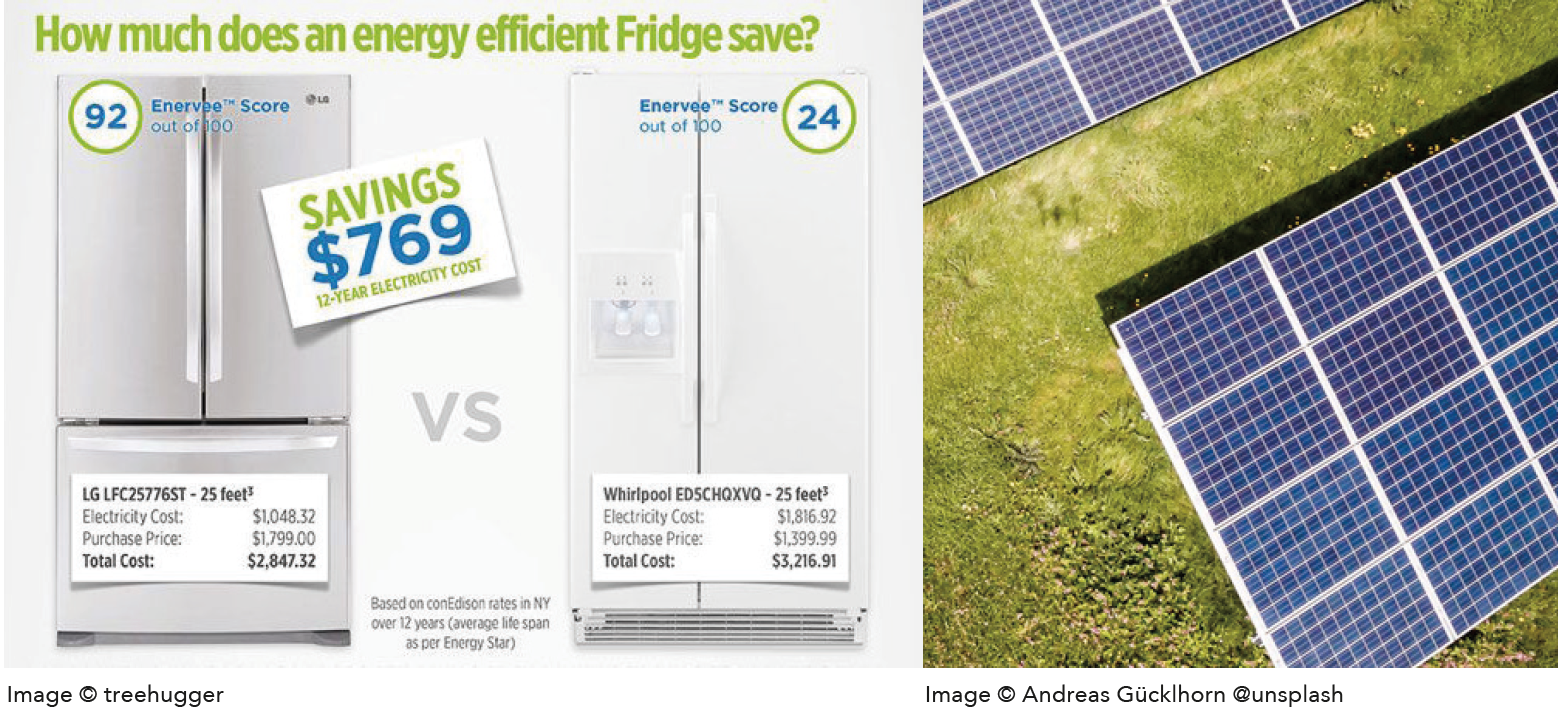Do you know the three most common sustainability strategies and how to use them to brainstorm sustainable solutions?
In 2015 the United Nations approved 17 sustainable development goals to be reached by 2030. They are a collection of global goals designed to be a „blueprint for achieving a better and more sustainable future for all“ (United Nations, 2015). One of the goals, number 12, is to enhance responsible production and consumption.
„Ensure sustainable consumption and production patterns.“
(United Nations, 2015).
This target focuses on environmentally friendly production methods, reducing the amount of waste, adopting sustainable business practices, and publishing sustainability reports.
So how can we achieve this goal?
There exist three main strategies for converting existing business practices to more sustainable forms:
1. Efficiency Strategy
2. Consistency (Circular economy)
3. Sufficiency Strategy
Let us have a short look at these strategies:
1. Efficiency Strategy
Less resource- and energy consumption through improved technology

The efficiency strategy focuses on a significant increase in resource- and energy efficiency through the development of new technologies, production methods, and process optimizations. An example of this strategy is energy efficiency in fridges. Due to new technologies, the energy consumption of a single refrigerator is much smaller now than it was some years ago.
But there exists something called rebound effect that can slow down the gains of that strategy. The rebound effect regarding the fridge example is that nowadays more people are buying fridges worldwide than some years ago. So despite the increased energy efficiency of the single fridge, the overall energy consumption of refrigerators is growing.
2. Consistency Strategy „Circular economy“
Resources flow circularly in closed loops; renewable resources generate energy

On the contrary, the consistency strategy does not aim to reduce resource- or energy use. Instead, this strategy proposes a circular flow of resources where materials are kept in closed loops. The concept of waste does not exist; waste is seen as resources. All energy needed comes from renewable resources like wind, sun, or water.
One great example of using this strategy is the company Circos who has introduced a subscription model for baby clothing and maternity wear where members pay a monthly fee to access a range of high-quality clothing from different brands, delivered to their door.
The clothes are returned when outgrown and cleaned and reused. Worn-out garments are recycled into something new. This business concept reduces the environmental impact and resource use because usually in the first two years of life, a child needs around 280 pieces of clothing that are mostly worn only for two or three months. These clothes are often ending up in landfills, losing their value, and creating environmental impacts.
By using a circular model, fashion businesses are incited to make higher quality, more durable clothing, also considering that more revenue can be made through multiple reuse cycles.
Difficulties in implementing this strategy can be the material choices for long-lasting use, as well as the collection of the materials after the use phase.
For example, consumers who do not use the offered take-back strategies can again lead to throw away resources.
3. Sufficiency Strategy „Wellbeing instead of well having“
Focuses on consumer and user behavior to decrease absolute resource and energy consumption.

The sufficiency strategy focuses on well-being instead of having a lot of possessions. So the individual forgoes a lot of goods and consumption.
Well-being is defined here by qualitative goals like community, solidarity, individual self-fulfillment, and a healthy natural environment. This strategy can transform the way people access goods and services by matching people who need specific items with those willing to provide them.
A popular example is the sharing of power tools like a drilling machine in the neighborhood, where a little sign on the letterbox displays the neighbors who have which device somebody has available for sharing. In that way, the resources for tools are reduced, and the use of the resources is expanded.
The main difficulty in implementing the sufficiency strategy is that it depends on individual consumer decisions, and not all people are willing to reduce their amount of possessions voluntarily.
Conclusion and let`s take action!
Even though each strategy has its challenges when being implemented into real life, they are excellent guides to change and rethink the way we create products and businesses. And by combining them, even further sustainable solutions can be found.
So now let us take action by starting your eco-design brainstorming activity.
Try the Eco-innovation strategy brainstorming. This brainstorming exercise uses these strategies to debelope sustainable ideas and solutions.
You can download the exercise below or read the article about it here>


